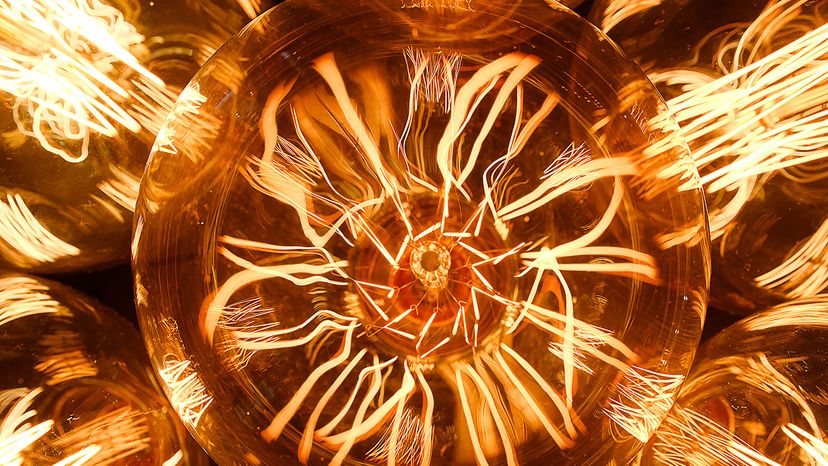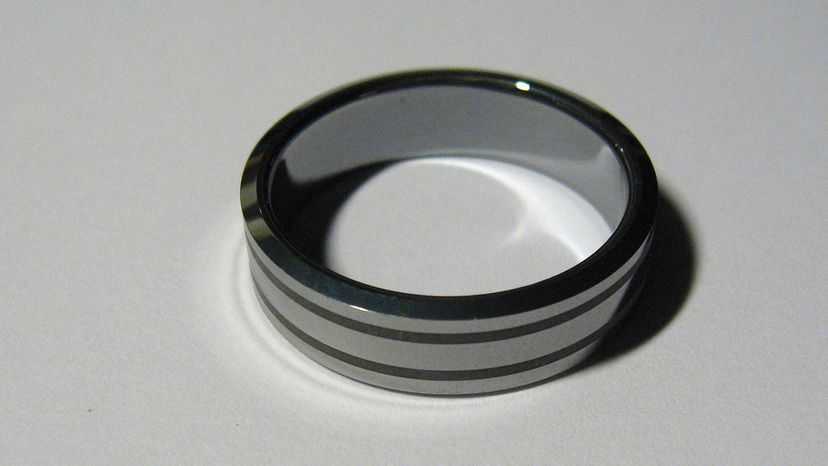
Armor-piercing bullets, rocket engine nozzles and drill bits for cutting through solid rock are just some of the products made with tungsten, one of the hardest and most heat-resistant elements in the universe.
Tungsten, like most other metallic elements, isn't found in nature as a shiny hunk of metal. It needs to be chemically isolated from other compounds, in this case the naturally occurring mineral wolframite. That's why tungsten's symbol on the periodic table isn't T but W, which is short for "wolfram." The name tungsten is Swedish for "heavy stone," a reference to the element's uncanny density and heft. Its atomic number (the number of protons in the nucleus of its atom) is 74 and its atomic weight (weighted average of its naturally occurring isotopes) is 183.84.
Advertisement
A pair of Spanish chemists (and brothers), Juan José and Fausto Elhuyar, are credited with discovering tungsten in 1783 when they first isolated the grayish-white metal from wolframite.
The Highest Melting Point of All Metals
One of tungsten's most impressive and useful properties is its high melting point, the highest of all metallic elements. Pure tungsten melts at a whopping 6,192 degrees F (3,422 degrees C) and won't boil until temperatures reach 10,030 F (5,555 C), which is the same temperature as the photosphere of the sun.
Iron, for comparison, has a melting point of 2,800 degrees F (1,538 degrees C) and gold turns to liquid at just 1,947.52 degrees F (1,064.18 degrees C).
All metals have relatively high melting points because their atoms are held together in tight metallic bonds, says John Newsam, a chemist and materials scientist we contacted through the American Chemical Society. Metallic bonds are so strong because they share electrons across an entire three-dimensional array of atoms. Newsam says that tungsten outlasts other metals because of the unusual strength and directionality of its metallic bonds.
"Why is that important?" asks Newsam. "Think of Edison working on filaments for the incandescent light bulb. He needed a material that not only emitted light but wouldn't melt from the heat."
Edison experimented with lots of different filament materials, including platinum, iridium and bamboo, but it was another American inventor, William Coolidge, who's credited with making the tungsten filaments used in most light bulbs throughout the 20th century.
Tungsten's high melting point has other advantages, like when it's mixed in as an alloy with materials like steel. Tungsten alloys are plated onto sections of rockets and missiles that need to withstand tremendous heat, including the engine nozzles that eject explosive streams of rocket fuel.
Advertisement


